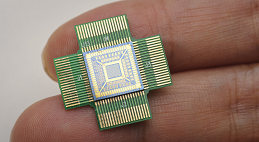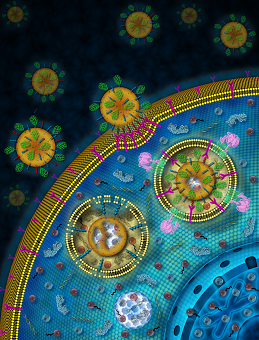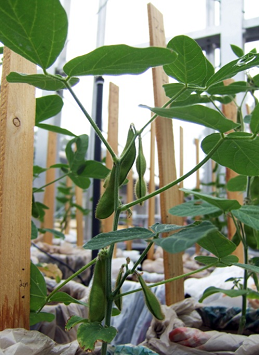 |
| Photo courtesy of NASA Ames/Dominic Hart |
How will nanotechnology help detect pathogens and poisons?The tiny chip pictured here contains 64 nanosensors that can detect very small amounts of harmful gases. It is designed to plug into a cell phone and use very little power. Scientists are also developing sensors to detect things like moisture levels in agriculture and diseases in food crops. Thanks to their small size and adaptability, nanotechnology-enabled sensors like these will help protect fire fighters, soldiers, and our food supply. |
|
How will nanotechnology improve health care?Nanotechnology is already leading to dramatic improvements in health care. Scientists are using nanoparticles to target tumors, in drug delivery systems, and to improve medical imaging. Some nanoparticle-based treatments are multi-functional; they can both find tumors and carry drugs for treatment. Nanotechnology is also being used to cut the cost and increase the speed of DNA sequencing and to provide scaffolding for tissue regeneration or wound treatment.
|
 |
 |
| Photo courtesy of Laurie C. Van De Werfhorst, UCSB |
|
How is the safety of nanomaterials being investigated?Responsible development of nanotechnology, including understanding the potential impacts of nanomaterials on the environment and our health, is one of four goals of the National Nanotechnology Initiative. Scientists are investigating the effects of nanomaterials on animal cells and tissues, as well as in plants like soy beans. They are also creating guidelines to make sure we can all safely benefit from nanotechnology. |
Click here for more information on nanotechnology and health!


